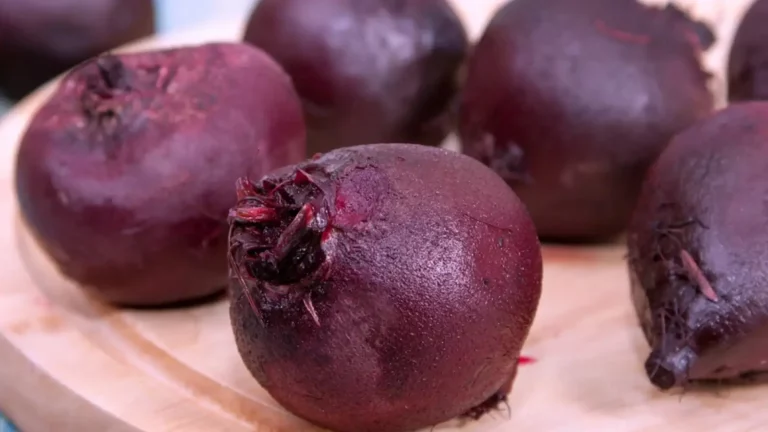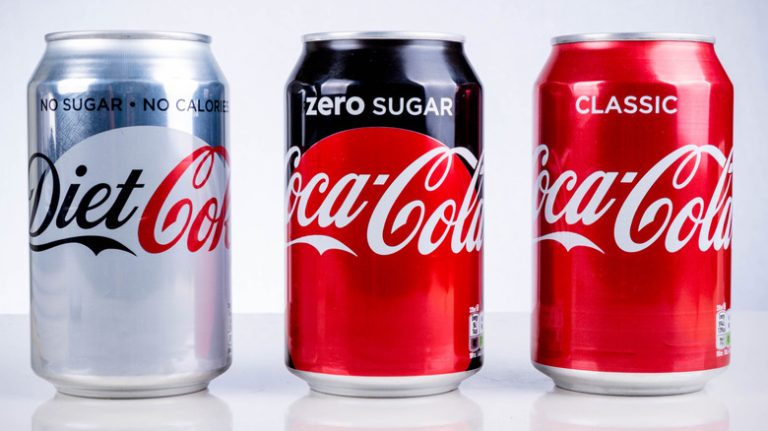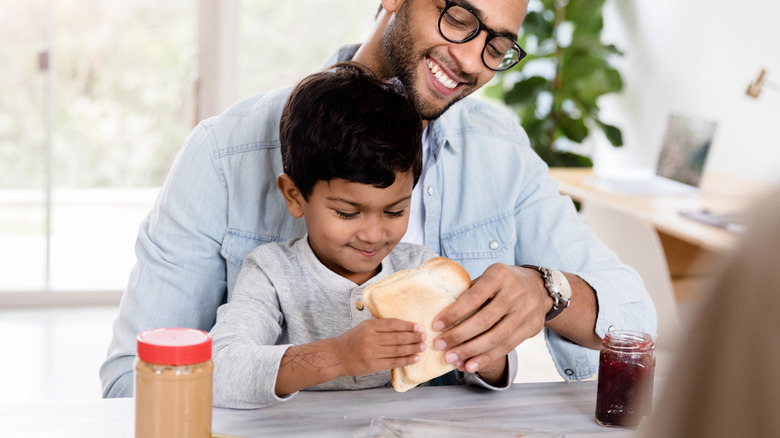
After playing with friends in the neighborhood, you would grin at the sight of your favorite sandwich waiting on the table. This classic mix of peanut butter, jelly, and bread was first created in 1901 by Julia Davis Chandler (via USA Today). Nowadays, you can carry frozen Uncrustables for a quick snack or craft an adult version with gourmet nut butter and fruit preserves.
By combining two slices of white bread with two tablespoons each of peanut butter and jelly, you make a substantial meal totaling 442 calories, 12 grams of protein, 18 grams of fat, 61 grams of carbs, and 3 grams of fiber. While peanut butter offers some healthy protein and fats, the jelly contains 20 grams of sugar. Moreover, white bread isn’t the healthiest option since it loses fiber, B vitamins, iron, and magnesium during processing (via WebMD). You can make a peanut butter and jelly sandwich healthier by opting for better ingredients.
Choose whole-grain bread and natural peanut butter
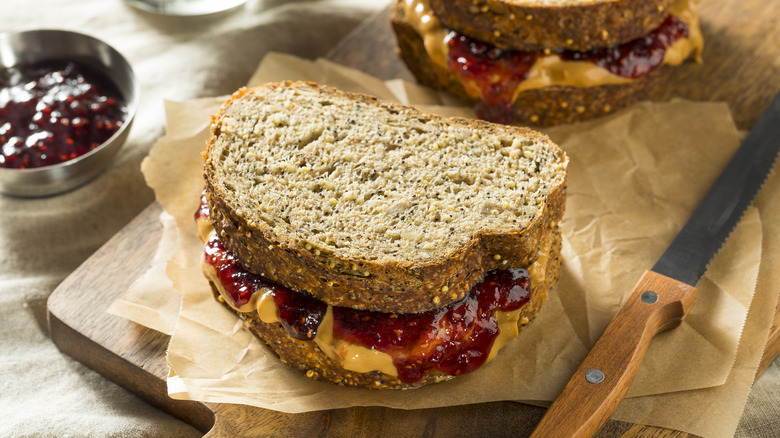
Unlike low-carb and keto diets, incorporating more whole grains can help reduce cholesterol and insulin levels while promoting satiety (via Mayo Clinic). Using whole-grain bread for your PB&J can double the fiber and almost double the protein compared to white bread, all with the same calorie count. When choosing bread, ensure “whole grain” is the first ingredient listed.
Peanut butter is rich in healthy unsaturated fats that can help reduce cholesterol, manage inflammation, and lower the risk of heart disease (via Harvard School of Public Health). Though natural peanut butter requires stirring, it usually contains fewer additives than regular peanut butter. If you prefer standard peanut butter, check its ingredients for unwanted components like hydrogenated oils, palm oil, coconut oil, sugar, and high fructose corn syrup, as advised by Unity Point Health. You might also try using different nut butters, such as almond or sunflower butter, to enhance your sandwich.
Be choosy about your jelly
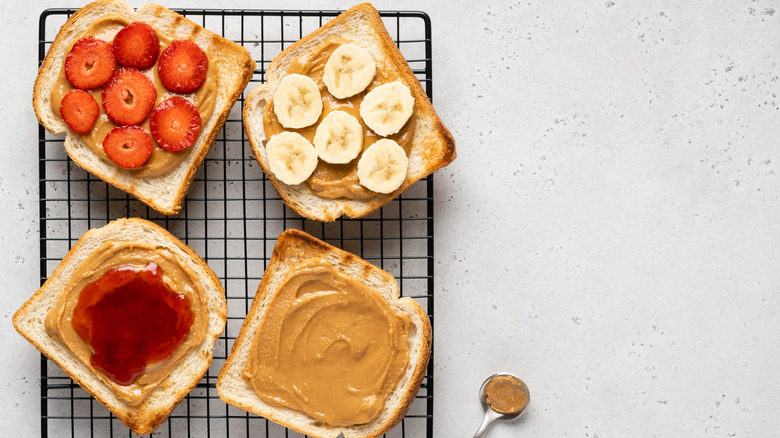
Jelly can be a tricky choice as it mainly consists of fruit juice. Jam includes some fruit pulp in addition to the juice. The sweetness of your PB&J also brings high sugar content, so opt for varieties without added sugar. Sometimes, ingredient labels use terms like sucrose, dextrose, and fructose instead of sugar (via Healthline). Pectin is added to jellies, jams, and fruit preserves to thicken them and may benefit gut health, reduce colon cancer risk, and help manage weight, as per MedicineNet. USA Today recommends replacing jelly with whole fruits like bananas.
To make your peanut butter and jelly sandwich healthier, consider adding additional ingredients. Healthline suggests sprinkling flaxseeds or chia seeds for extra crunch and increased fiber, protein, and healthy fats. Serving your sandwich with celery sticks and hummus can also make for a healthier lunch.



